

Prey, is due for release on PC, Xbox One and PS4 on the 5th of May. The spiritual successor to the 2006 Human Head Studios game of the same title, the latest iteration has been re-imagined by Dishonored developer Arkane Studios.
You play as TranStar employee, Morgan Yu, aboard the lavish space station Talos I. In an eery echo of the Bioshock franchise, TranStar specialise in morally grey genetic experimentation and they've lost control of their test subjects - the Typhon. As you peel back the layers of the besieged facility, you'll unravel the story of its inhabitants.
Ahead of Friday's release, Bethesda have published Morgan's journal over on their website, and we've been digging in to it to find the real-word science behind the sci-fi exterior.
Mimicking the mimics

The first Typhon you'll meet are the Cacoplasmus, which literally means 'bad shape'. Known as mimics, these spider-like creatures can hide in plain sight as cups, cans and other inanimate objects.
According to Morgan's journal, there are three debated theories to explain how they do this.
1. Hallucinogenic Field: a trick of the light, or of the mind.
2. Transmutation - actually reconfiguring to become the object.
Sign up to the T3 newsletter for smarter living straight to your inbox
Get all the latest news, reviews, deals and buying guides on gorgeous tech, home and active products from the T3 experts
3. Pocket dimension - using wormholes to swap places with an object.
Hallucinogenic field has to be our favourite, and the video above shows the principle in action. This is BAE Systems' ADAPTIV infrared camouflage - honeycomb-shaped tiles that can turn a tank into a car by disguising its heat signature. If mimics can manipulate light in a similar way, they could easily have us fooled.
Transmutation seems less likely. It borrows from the fabled alchemical conversion of lead into gold and, although modern scientists have actually managed to do this, it requires a particle accelerator and some serious energy. What's more, if a Typhon were to rework itself into a cup, it really would be a cup and would likely lose whatever ability it had to morph itself in the first place.
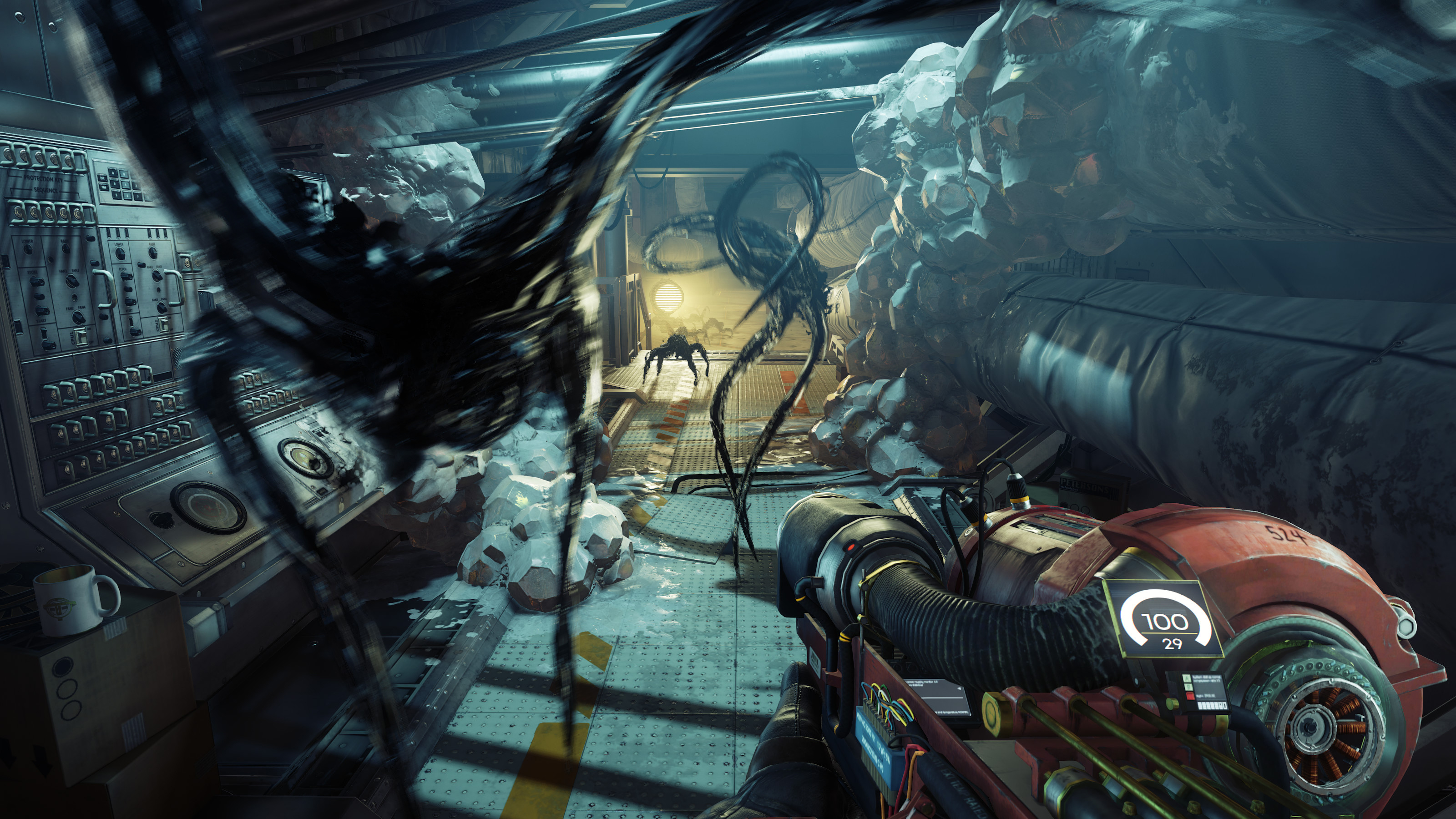
Wormholes rank somewhere in the middle for us in terms of plausibility. Whilst there is no proof that they really exist, they are possible within the realms of Einstein's theory of General Relativity. And, in 2015, scientists made one - sort of.
They created a magnetic wormhole capable of transferring a magnetic field from one place to another without it being detected. It's not the same as a gravitational wormhole, and couldn't transfer a mimic or a cup, but it's a start.
Telepathic mind control
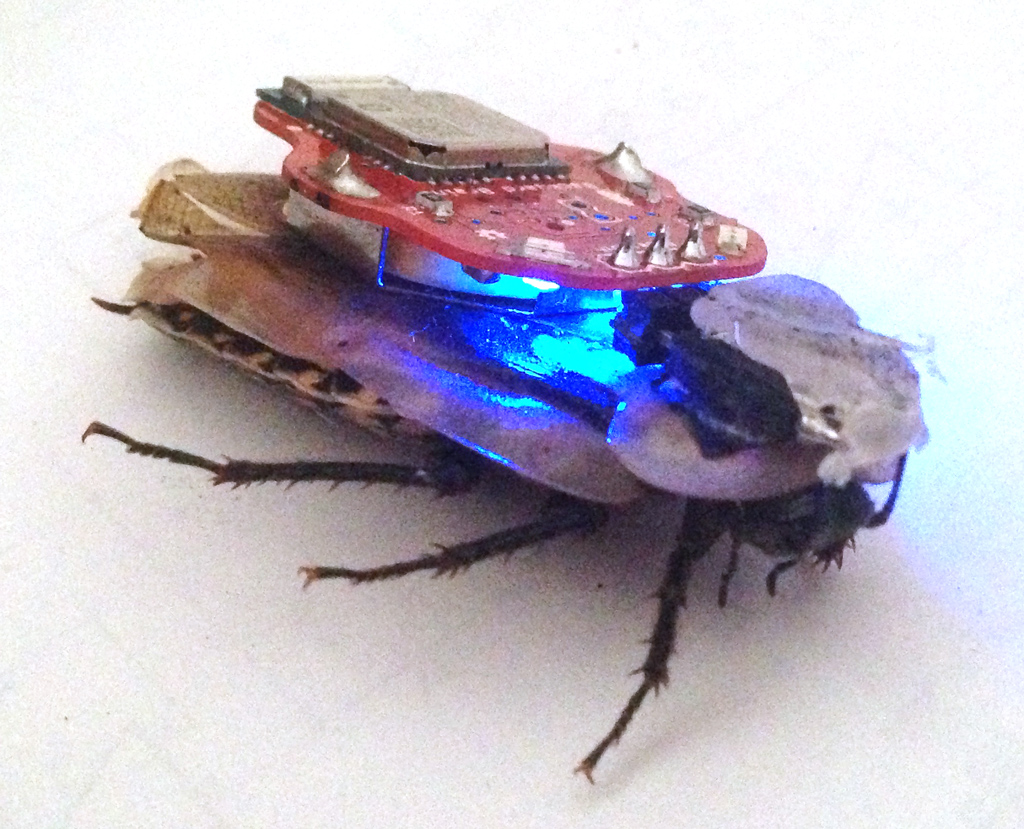
The next Typhon on our science hit-list is the Telepath; these aliens can overpower people's minds.
They remind us of parasitic 'zombie' fungi, like Ophiocordyceps unilateralis, which chemically coerce insects into carrying their spores. Or, Backyard Brains' RoboRoach kit , pictured above, which allows you to control a cockroach with your smartphone by sending tiny electric shocks to their antennae.
And, slightly more sinister, the unrelated RoboRat, which uses implanted electrodes to stimulate the brain's reward centre, encouraging rodents to perform tasks on demand.
But, these methods of mind control all require direct contact, and Typhon Telepaths are able to assume control from afar. So we've got our money on a different kind of science behind their powers - brain-to-brain communication via magnetic stimulation.
At their most basic, thoughts are just electrical impulses, and thinking produces electrical activity that can be measured by electroencephalogram (EEG).
Electrical activity can also be induced in the brain using magnets - a technique known as transcranial magnetic stimulation.

If you capture EEG information, decode it, and transfer it into magnetic stimulation, thoughts can effectively be passed from one person to the next.
Fine control of this technique has yet to be mastered, but simple commands can already be sent from one human brain to another. In 2013, researchers at the University of Washington wired two people together to play a video game. You can watch a video of the experiment above.
If the Telepaths can manipulate electromagnetic energy around the scalps of their victims, that could explain their mind control powers.
Human-alien fusion
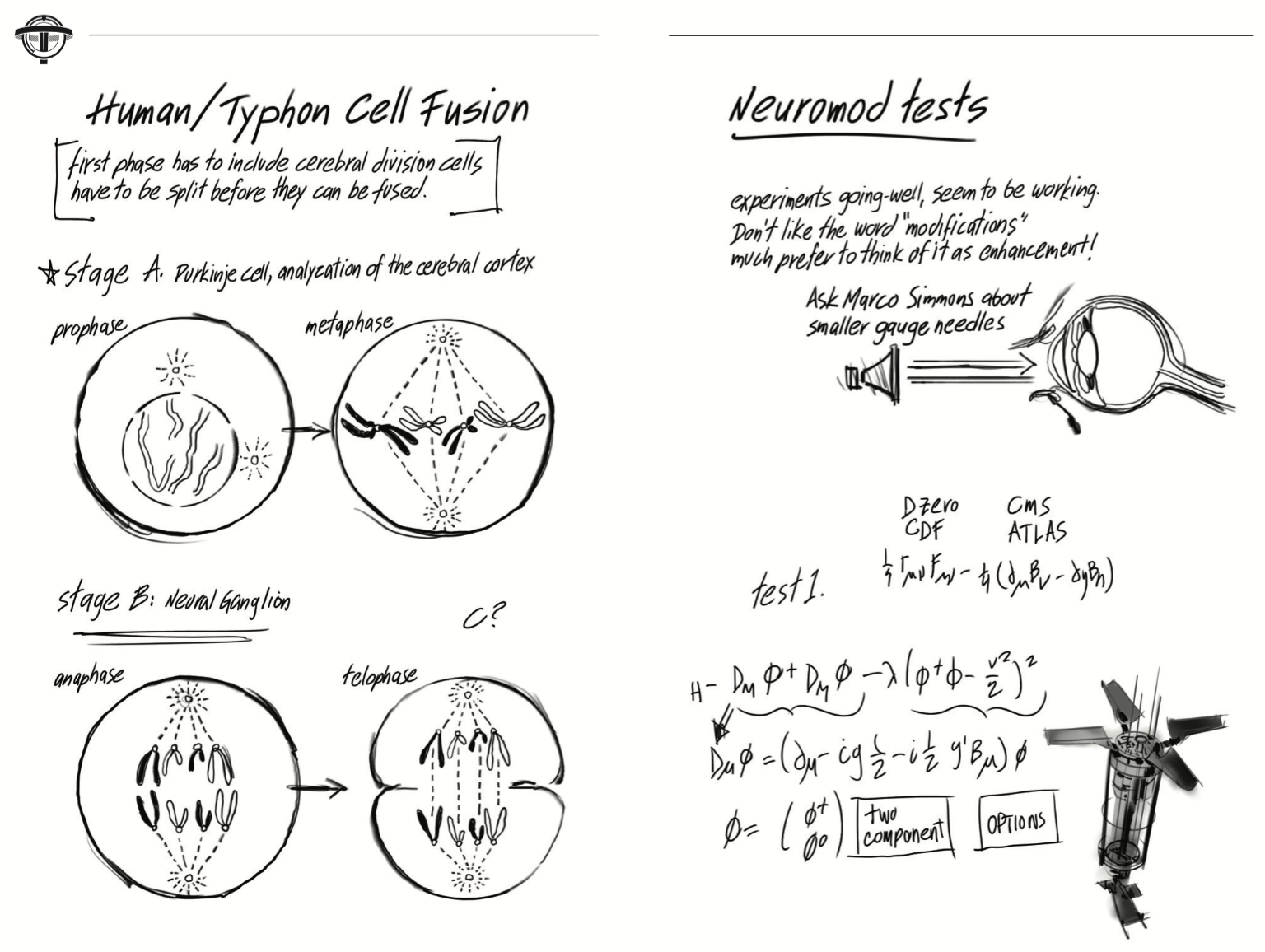
Not content with being able to confuse and control their victims, the Typhon also have a form that tries to become them - the Anthrophantasmus, or Phantoms. These hybrid aliens have fused with humans, and even this isn't beyond the realms of science.
One of the first chimaeras to be created was a goat-sheep (affectionately known as a 'geep'). More recently, the Salk Institute in California successfully combined mouse and rat embryos, and in 2017, controversially reported the first human-pig chimera.

They make their hybrids by deleting critical genes from an embryo and then adding stem cells from another species. The idea is that as the foetus grows, the new cells will move in to take over the role of the missing genes.
We're betting that the Phantoms don't have time to gestate and raise human-alien hybrids, though, so their fusion must work in a slightly different way.
Light-powered brain rewiring
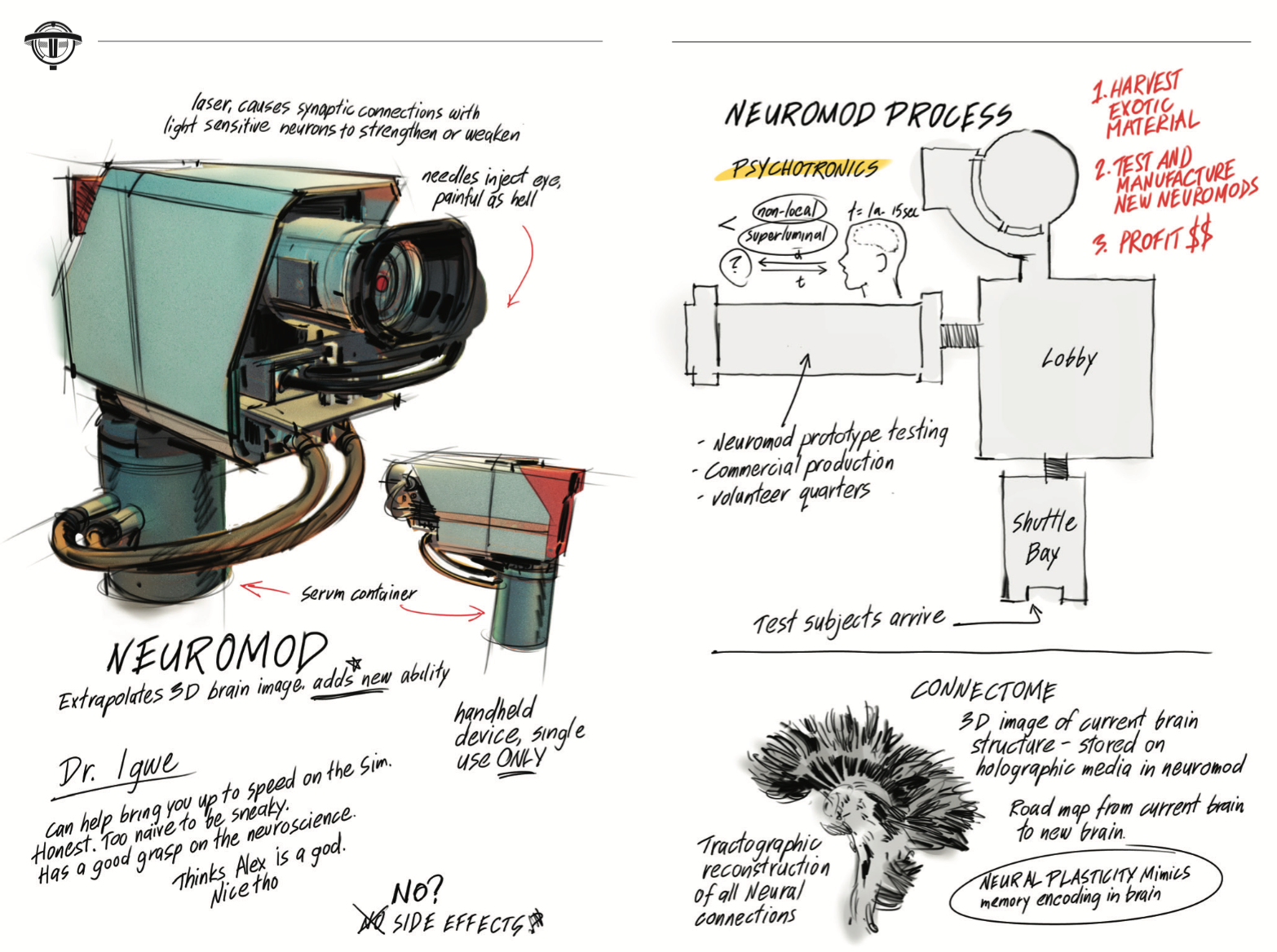
The real thrust of TranStar's enterprise is finding out what makes the Typhon tick and finding a way to bottle it and sell it. And this is where Prey's science gets really interesting.
From what we can see in Morgan's journal, a piece of kit called a Psychoscope scans living Typhon to track their neural activity. This information is used to develop Neuromods.
The Neuromod tech is a disposable handheld device with a flexible eye cup and some nasty looking needles. When a button is pressed, the sharp points extend into the eye socket, leaving behind a serum that delivers a new ability into the brain of the recipient.
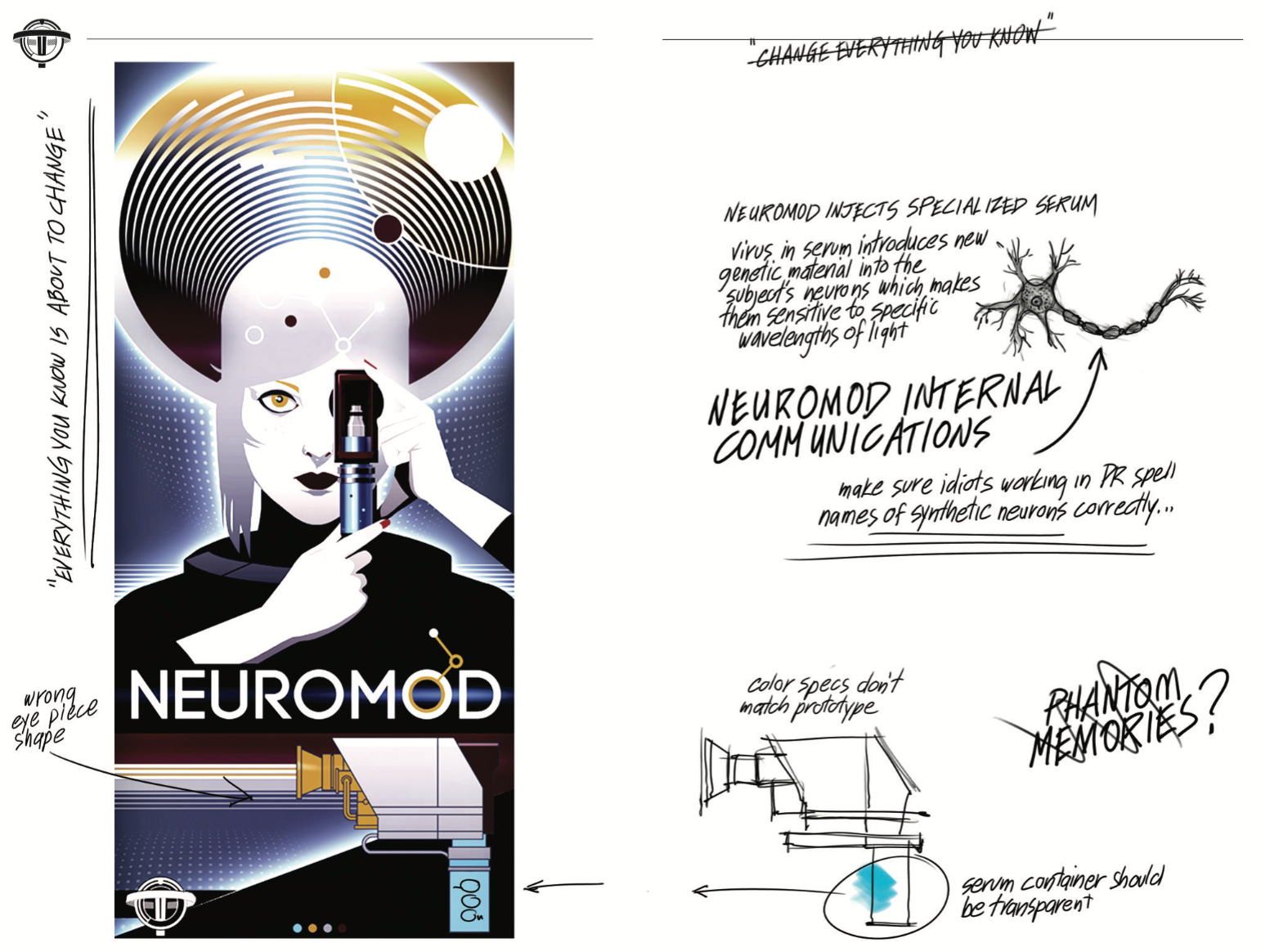
Morgan's journal points to a virus as the source of the augmentation, which is eminently plausible.
Viruses are the trojan horses of the biological world. They inject their genetic information into living cells, forcing them to read the new instructions and start churning out virus particles.
And, with a bit of genetic engineering, they can be hijacked.

Viruses can be stripped of the genes that they use to cause disease and in their place, almost any other gene can be added. When they next infect a cell, they inject the new genes instead of their own.
This technique is used widely in scientific research, but our favourite example is the glow in the dark cat experiment. A team of HIV scientists from the Mayo Clinic and Yamaguchi University in Japan used a lentivirus to insert a jellyfish gene into cat eggs, resulting in some very cute green kittens.

In the case of Prey, the virus carries a gene that enables cells to sense blue light. According to Morgan's journal, cells with this gene are then activated by a laser, causing them to strengthen or weaken their connections to other cells. This is the basis of memory formation - effectively allowing the Neuromod to teach the user a new skill at the press of a button.
The idea of using light to make it happen is borrowed from a field of neuroscience called optogenetics. And, it gives Morgan some pretty interesting options when it comes to combat.
"Everything you know is about to change"
The more science advances, the less far-fetched science fiction seems, and it looks to us like Prey's developers have delved deep into real-world tech for inspiration. Within moments of booting up our copy, we were confronted with a quote from Thomas Edison, a book about the Fermi Paradox and an excerpt from a neuroscience textbook.
We're looking forward to seeing how the story unfolds when the game is released. And, if you can't wait for Friday, the first hour of the game is available as a demo on PS4 and Xbox One now.

